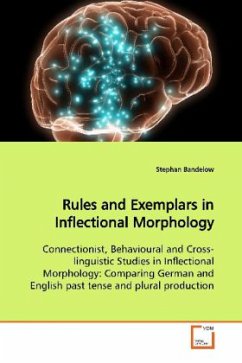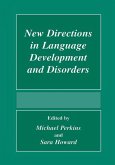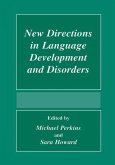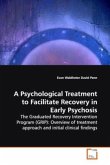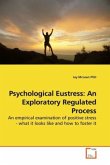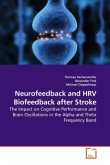There are currently two main competing theories that
aim to explain the neural organisation
of in ectional morphology, which concerns the the
generation of past tenses and plurals: Exemplar-based
theories, including connectionist models, and
dual-route accounts. The latter propose the existence
of a distinct symbolic rule system dedicated to human
language processing. These contrasting views can have
significant implications for learning theory.
The work presented in this book relies on
connectionist models and empirical behavioural data
to determine which theory can best account for German
plural and English in ections. The central result
regarding German plurals contradicts previous claims
by nding that neither the -s nor the -(e)n plural
constitute a regular default type. Simulations of
English plural and past tense in ections are also
presented because they offer a novel stochastic
interpretation of rare double dissociations between
regular and irregular in ection. A behavioural
experiment on English past tense production is
included to test the differing predictions from
connectionist and dual-route models. These results
are broadly in favour of exemplar-based theories.
aim to explain the neural organisation
of in ectional morphology, which concerns the the
generation of past tenses and plurals: Exemplar-based
theories, including connectionist models, and
dual-route accounts. The latter propose the existence
of a distinct symbolic rule system dedicated to human
language processing. These contrasting views can have
significant implications for learning theory.
The work presented in this book relies on
connectionist models and empirical behavioural data
to determine which theory can best account for German
plural and English in ections. The central result
regarding German plurals contradicts previous claims
by nding that neither the -s nor the -(e)n plural
constitute a regular default type. Simulations of
English plural and past tense in ections are also
presented because they offer a novel stochastic
interpretation of rare double dissociations between
regular and irregular in ection. A behavioural
experiment on English past tense production is
included to test the differing predictions from
connectionist and dual-route models. These results
are broadly in favour of exemplar-based theories.

